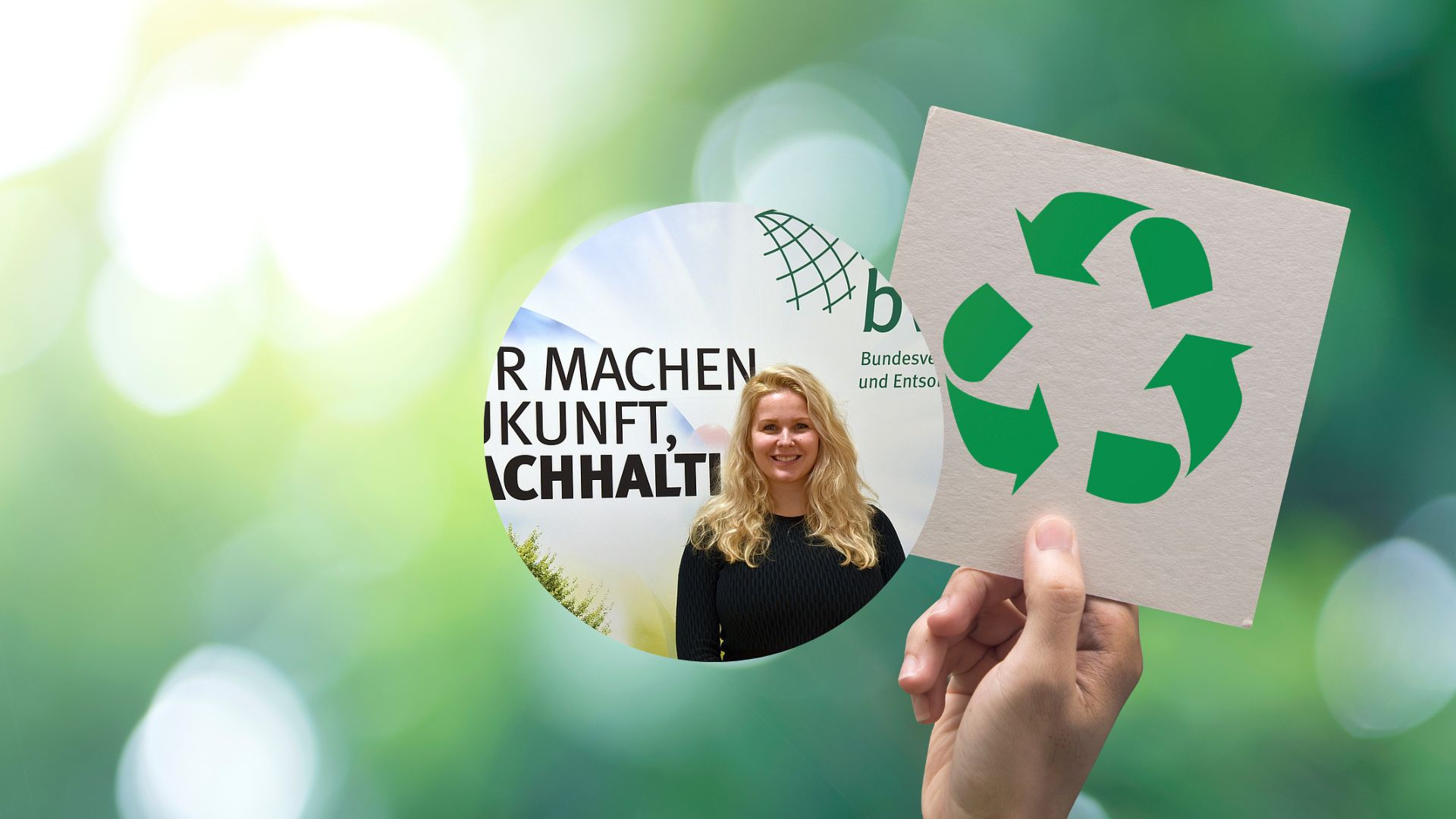Golf and waste: How to optimize the recycling rate
Let’s talk about garbage. Reducing plastic waste on golf courses is one of the top issues when it comes to sustainability, but with all other forms of waste, it is also important on a golf course to return as many materials as possible to the circular economy. Basically, we talk about a five-stage waste hierarchy, where the first thing is to produce as little waste as possible and then recycle or dispose of the remaining waste as sensibly as possible. Whether it is recycled, energy is generated through it (biogas) or, when incinerated, the resulting energy is used to supply heat. In the worst of all cases, waste is simply disposed of and ends up in the incinerator without being used.
Tips from the recycling expert
Sandra Fischer is the third generation to head Schatz Umwelt GmbH in Germany and deals with all facets of waste recycling and recovery on a daily basis. And as a golfer, she knows the little pitfalls that often prevent the proper avoidance and disposal of plastic waste. Together with her, we looked at the individual areas of a golf course to determine in detail where improvements could be made in the area of waste and, in particular, plastic avoidance.
With the right equipment, golf facilities can ensure waste prevention from the start.
- Installation of water dispensers at various golf holes and in the clubhouse area.
- Single trash cans are being replaced with triple trash cans that encourage golfers to pre-sort. Here, bottles and cans are sorted out in advance, as is paper and residual waste. In this way, you consistently reduce the mixing of waste. This is important in that the disposal of separated paper, cardboard or film is significantly less expensive than the removal of mixed waste.
- Ideally, the catering industry will consistently switch to glass bottles. Glass is durable, free of microplastics and can be used frequently before being returned to the recycling loop. If PET bottles are used, the aim is to make the recycled content as high as possible. So: PET bottles must not end up in the residual waste, but must be collected consistently.
- Check the contract with the waste service manager: here you can see, firstly, the extent to which the disposal company recycles/recycles or disposes. But here you can also see how high your own costs are for so-called mixed waste. “In Germany, we can definitely assume 200 euros per ton of mixed waste,” sums up Sandra Fischer. If you reduce the amount of mixed waste, you also have a cost-cutting tool at your fingertips.
- Think charity or meaningful reuse at institutions or clubs with fewer financial resources when remodeling your clubhouse, giving away furniture, or perhaps sorting out machinery.
Plastic free at the tournament
Basically, the golf facility has limited influence on the behavior of golfers. At least at a tournament, however, the amount of plastic can be significantly reduced, according to Sandra Fischer,
- Provisions for the place can be issued only in paper packaging. Generally, cling film or aluminum foil should be avoided.
- For halfway catering, if you need any dishes or cutlery at all, avoid bamboo or cardboard and go for china and classic metal cutlery. This significantly reduces the amount of waste.
The best way to deal with the golfer
“In general, the aim is to develop awareness among golfers that they can significantly influence the amount of waste and also the amount of plastic through their behavior,” notes waste expert Sandra Fischer. In her view, communication therefore plays an essential role. Explain to the golfer that it makes sense to put trash in the appropriate bins and maybe take it a few holes until the appropriate trash can shows up. Point out in the newsletter or on the home page that mixed waste is costly and that the club values recycling and waste prevention. Perhaps post an appropriate sign at one point or another on the golf course.
One thing is certain: The topic of waste recycling and recovery is an unwieldy one that cannot be fast-tracked on golf courses. With the right strategy, however, a plant quickly achieves a sense of achievement and, on top of that, saves money on disposal.










